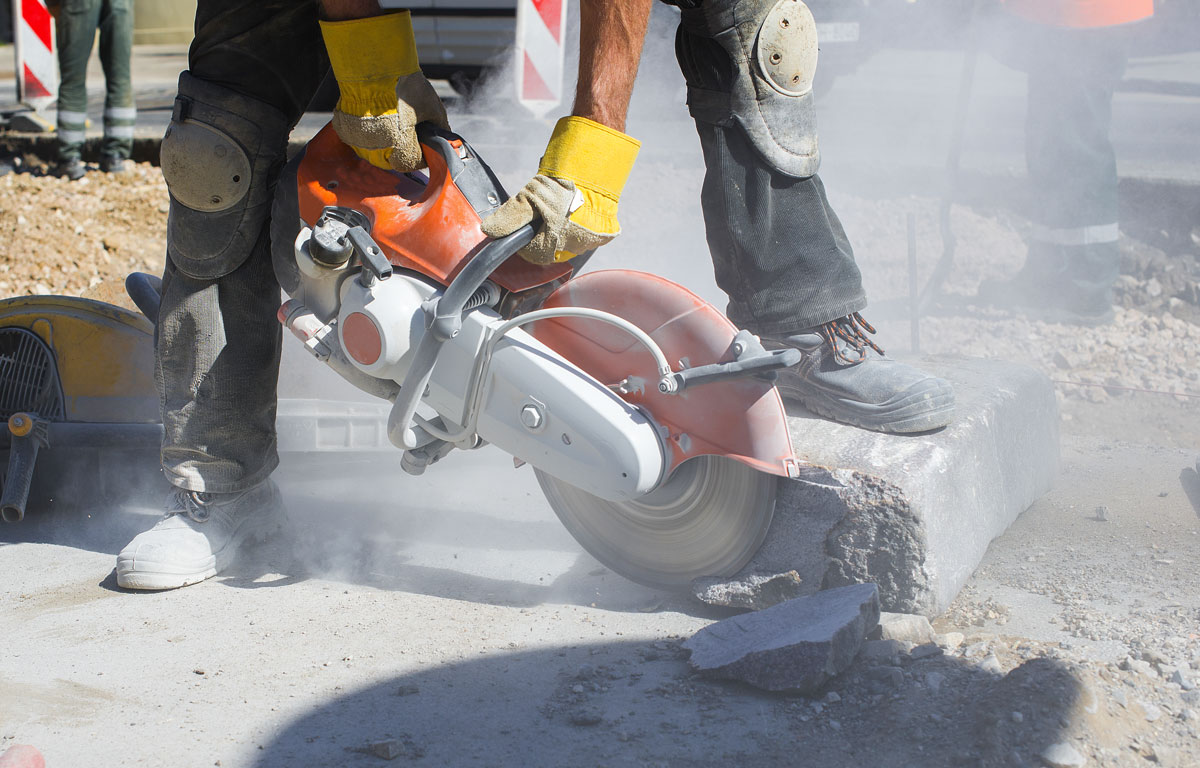Calibration is a vital step in ensuring tools are working as they should be, giving correct readings, providing a safe working environment for end-users, and ensuring that companies are upholding their legal obligations. However, calibration is often confused with accuracy and precision. Here we explore what exactly is meant by calibration and why it’s so important.
What is calibration?
Your tool is working fine, but how do you know it is measuring accurately? That’s where calibration comes in.
Calibration is determining and documenting the difference in readings given by a tool compared with reading a given by a measuring standard (fixed device that is known to be accurate). It is generally followed by the adjustment of the tool.
The process checks whether the values are within an acceptable range (tolerance level) in relation to the specific application. If not, then the equipment must be adjusted to make sure that the deviation between the actual and the required value is minimum, and that the tool will have its original performance accuracy restored, giving more precision. A calibration check can be done after the adjustment of the tool.
Why calibrate?
The performance of tools and instruments tends to drift over time and every tool loses accuracy to some extent. The following example shows how the torque of a BlueTork nutrunner, which is used to tighten the bolts on truck wheels, can vary over a few years under normal operating conditions.
Although the torque value is the same, the actual measured value is different. In the first couple of years that value is still within the tolerance interval, but at year three, it falls outside the tolerance interval and the nutrunner must be adjusted to ensure it continues to give an accurate result.




Share this: